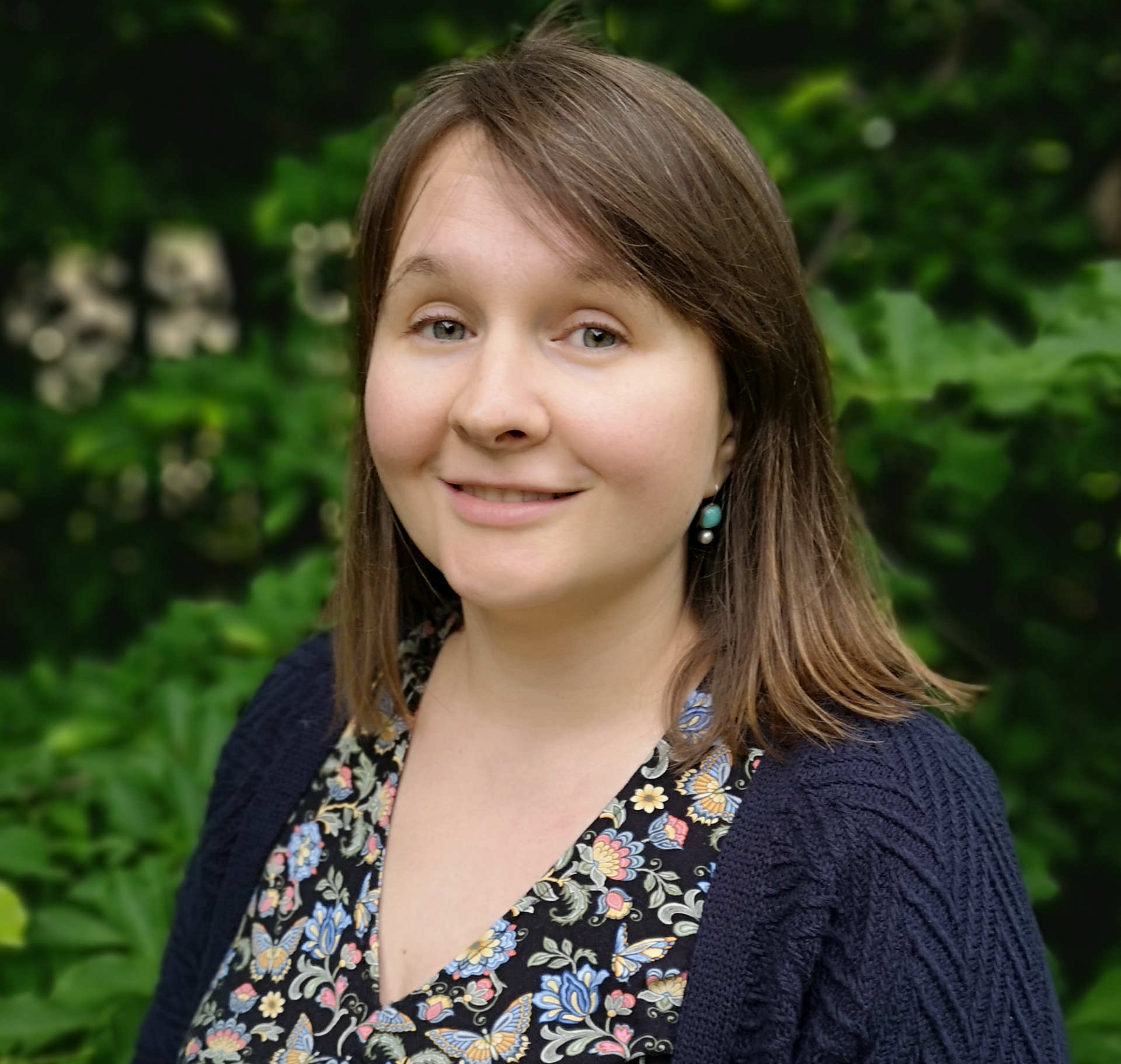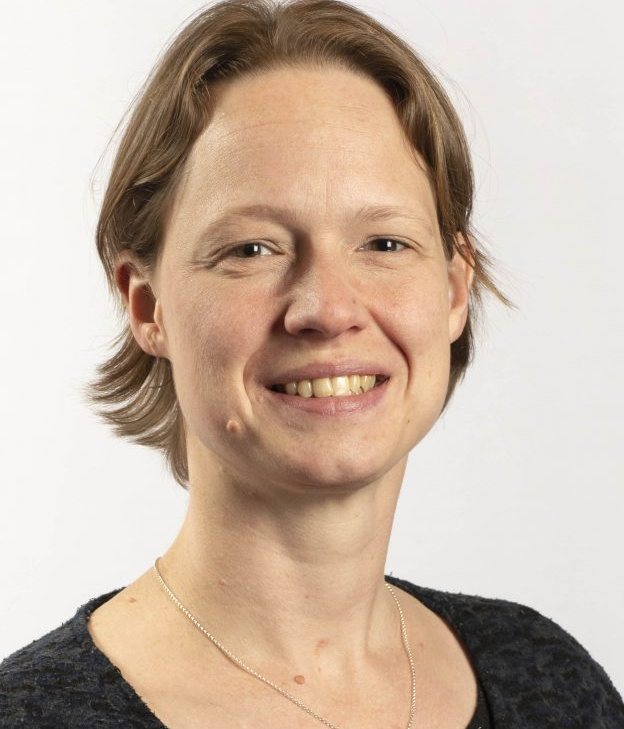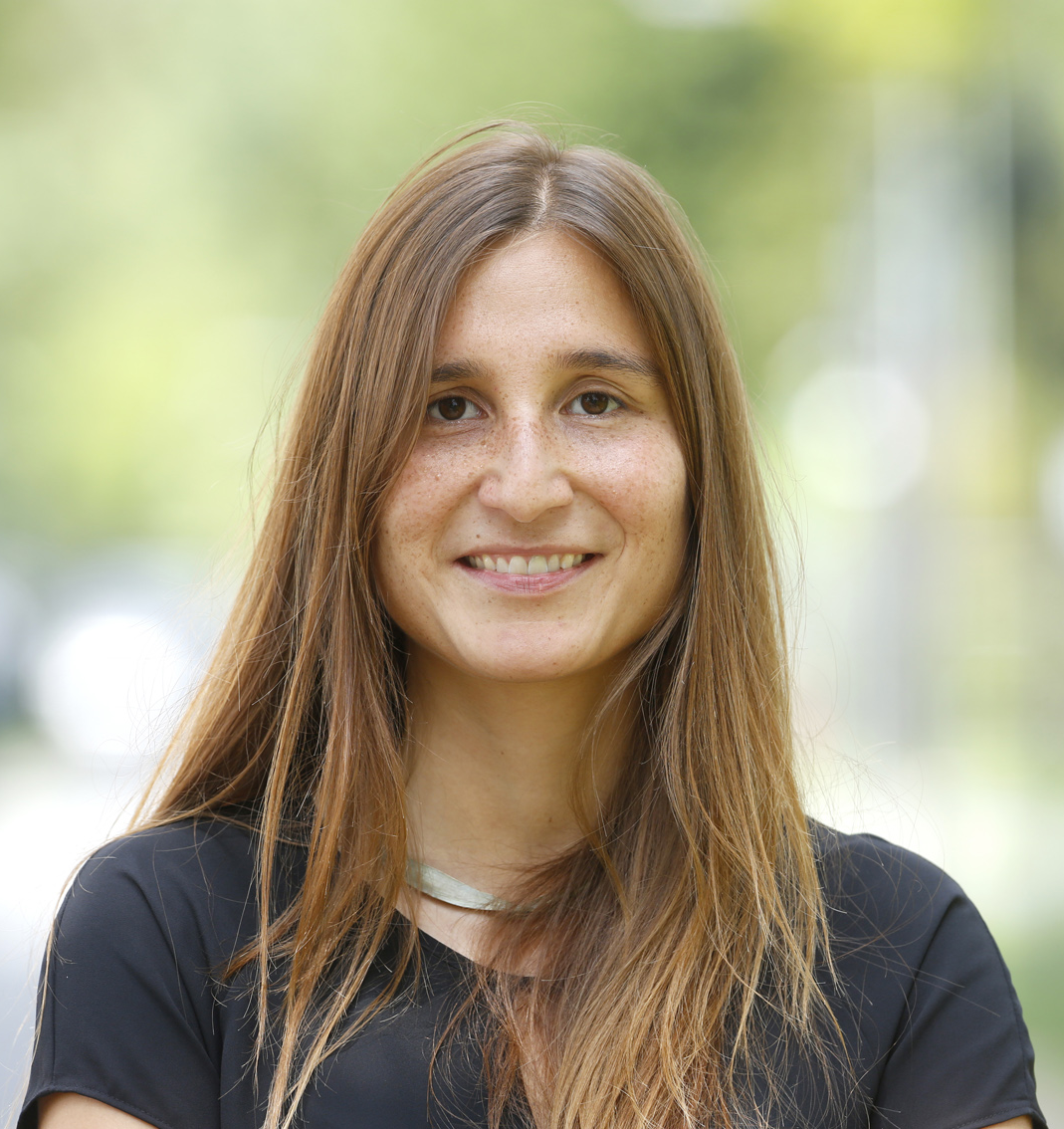Keynote_speakers_SAGE_3.0
KEYNOTE SPEAKERS
SAGE 3.0

Prof. Dr. Nina Patzke
HMU Health and Medical University Potsdam GmbH
Potsdam, Germany
Title:
"Whales, brains and gender equality "Abstract:
All mammalian brains follow the same general construction plan. For example, all have a readily recognizable cerebral cortex, a cerebellum in the back of the brain, and a brainstem that is contiguous with the spinal cord. However, within this order, we find a high degree of diversity. For instance, brain size varies by a factor of approximately 100,000 (0.1g in some bats and insectivores up to 9,000g in sperm whales). Mammalian brains also exist in a high variety of shapes and degrees of gyrification, e.g. gyrified vs. lissencephalic; elongated vs spherical. The question arises what influences the evolution of mammalian brain? In this presentation, I will give you an overlook of how we try to solve this question by analyzing marine mammals, specifically whales. I will also elaborate how I manage to put family life and research under one roof with perspective on gender equality.

Dr. Lisa Roux
Abstract:
Sharp-wave ripples are network events observed in the hippocampal local field potential during slow wave sleep, quiet wakefulness and consummatory behavior. They attract considerable attention because they orchestrated the “replay” of past activity patterns and are critical for memory consolidation. As place cells code for specific locations in space, entire trajectories are reactivated during these network events. These replays are thought to facilitate the progressive strengthening of the connections that represent the original experience. In my presentation, I will discuss how fine optogenetic manipulations combined with multi-electrode recordings and closed-loop feedback tools have allowed to decipher some of the key mechanisms underlying the generation of ripples in the CA1 layer of the hippocampus. Then, I will show that similar approaches provide a powerful tool to study the role of sharp-wave ripples during spatial learning: we found that they stabilize the so-called ‘cognitive map’ coded by place cells in the CA1 region of the hippocampus.
Interdisciplinary Institute for Neuroscience
CNRS UMR5297
Bordeaux University
CNRS UMR5297
Bordeaux University
Bordeaux, France
Title:
"Hippocampal sharp wave ripples: mechanism and function for place cell coding "
Abstract:
Sharp-wave ripples are network events observed in the hippocampal local field potential during slow wave sleep, quiet wakefulness and consummatory behavior. They attract considerable attention because they orchestrated the “replay” of past activity patterns and are critical for memory consolidation. As place cells code for specific locations in space, entire trajectories are reactivated during these network events. These replays are thought to facilitate the progressive strengthening of the connections that represent the original experience. In my presentation, I will discuss how fine optogenetic manipulations combined with multi-electrode recordings and closed-loop feedback tools have allowed to decipher some of the key mechanisms underlying the generation of ripples in the CA1 layer of the hippocampus. Then, I will show that similar approaches provide a powerful tool to study the role of sharp-wave ripples during spatial learning: we found that they stabilize the so-called ‘cognitive map’ coded by place cells in the CA1 region of the hippocampus.

Prof. Dr. Kay M. Tye
Abstract:
The Tye Lab is interested in understanding how neural circuits important for driving positive and negative motivational valence (seeking pleasure or avoiding punishment) are anatomically, genetically and functionally arranged. We study the neural mechanisms that underlie a wide range of behaviors ranging from learned to innate, including social, feeding, reward-seeking and anxiety-related behaviors. We have also become interested in “social homeostasis” -- how our brains establish a preferred set-point for social contact, and how this maintains stability within a social group. How are these circuits interconnected with one another, and how are competing mechanisms orchestrated on a neural population level? We employ optogenetic, electrophysiological, electrochemical, pharmacological and imaging approaches to probe these circuits during behavior.
Systems Neuroscience Lab
Salk Institute for Biological Studies
La Jolla, CA, USA
Title:
"Neural Basis of Social and Emotional Processing"Abstract:
How does our brain rapidly determine if something is good or bad? How do we know our place within a social group? How do we know how to behave appropriately in dynamic environments with ever-changing conditions?
The Tye Lab is interested in understanding how neural circuits important for driving positive and negative motivational valence (seeking pleasure or avoiding punishment) are anatomically, genetically and functionally arranged. We study the neural mechanisms that underlie a wide range of behaviors ranging from learned to innate, including social, feeding, reward-seeking and anxiety-related behaviors. We have also become interested in “social homeostasis” -- how our brains establish a preferred set-point for social contact, and how this maintains stability within a social group. How are these circuits interconnected with one another, and how are competing mechanisms orchestrated on a neural population level? We employ optogenetic, electrophysiological, electrochemical, pharmacological and imaging approaches to probe these circuits during behavior.

Assist.-Prof. Dr. Tessa M. van Leeuwen
Abstract:
Synaesthesia is a condition in which specific sensory stimuli elicit unusual, additional experiences; for instance, letters elicit a colour, or music elicits taste. Synaesthesia is more common in autism, but the link between the two conditions is not yet fully understood. I will discuss several studies in which I have investigated commonalities in sensory processing and perception across synaesthesia and autism. There is also evidence that synaesthetic and autistic traits correlate in neurotypical, non-clinical populations, opening up new opportunities for research. In the second part of my talk I will discuss several topics related to gender diversity that have had an impact on my career, for instance related to maternity leave, mentoring programmes, and work-life balance in the Netherlands.
Department Communication and Cognition, Tilburg School of Humanities and Digital Sciences, Tilburg, Tillburg University, Tillburg, The Netherlands
guest scientist @Donders Institute for Brain, Cognition and Behaviour, Radboud University, Nijmegen, The Netherlands
Title:
"Visual perception in autism and synaesthesia"Abstract:
Synaesthesia is a condition in which specific sensory stimuli elicit unusual, additional experiences; for instance, letters elicit a colour, or music elicits taste. Synaesthesia is more common in autism, but the link between the two conditions is not yet fully understood. I will discuss several studies in which I have investigated commonalities in sensory processing and perception across synaesthesia and autism. There is also evidence that synaesthetic and autistic traits correlate in neurotypical, non-clinical populations, opening up new opportunities for research. In the second part of my talk I will discuss several topics related to gender diversity that have had an impact on my career, for instance related to maternity leave, mentoring programmes, and work-life balance in the Netherlands.

Prof. Dr. Melissa Le-Hoa Võ
Abstract:
The sources that guide attention are manifold and interact in complex ways. Internal goals, task rules, or salient external stimuli have shown to be some of the strongholds of attentional control. But what guides attention in complex, real-world environments? I have been arguing for a while now that attention during scene viewing is mainly controlled by generic scene knowledge regarding the meaningful composition of objects that make up a scene (a.k.a. scene grammar). Contrary to arbitrary target objects placed in random arrays of distractors, objects in naturalistic scenes are placed in a very rule-governed manner. That is, different types of scene priors — i.e. expectations regarding what objects (scene semantics) are supposed to be where (scene syntax) within a scene — strongly guide attention. Violating such semantic and syntactic scene priors results in differential ERP responses similar to the ones observed in sentence processing and might suggest some commonality in the mechanisms for processing meaning and structure across a wide variety of cognitive tasks. In this talk, I will highlight some recent projects from my lab in which we have tried to shed more light on the hierarchical nature of scene grammar. In particular, a certain type of objects, which we have started to call “anchor objects”, seems to play a crucial role during visual search, object perception and memory in naturalistic environments.
Scene Grammar Lab
Institute of Psychology
Goethe University Frankfurt
Frankfurt, Germany
Title:
"Reading Scenes: A Hierarchical View on Attentional Guidance in Real-World Environments"Abstract:
The sources that guide attention are manifold and interact in complex ways. Internal goals, task rules, or salient external stimuli have shown to be some of the strongholds of attentional control. But what guides attention in complex, real-world environments? I have been arguing for a while now that attention during scene viewing is mainly controlled by generic scene knowledge regarding the meaningful composition of objects that make up a scene (a.k.a. scene grammar). Contrary to arbitrary target objects placed in random arrays of distractors, objects in naturalistic scenes are placed in a very rule-governed manner. That is, different types of scene priors — i.e. expectations regarding what objects (scene semantics) are supposed to be where (scene syntax) within a scene — strongly guide attention. Violating such semantic and syntactic scene priors results in differential ERP responses similar to the ones observed in sentence processing and might suggest some commonality in the mechanisms for processing meaning and structure across a wide variety of cognitive tasks. In this talk, I will highlight some recent projects from my lab in which we have tried to shed more light on the hierarchical nature of scene grammar. In particular, a certain type of objects, which we have started to call “anchor objects”, seems to play a crucial role during visual search, object perception and memory in naturalistic environments.
Funded by Deutsche Forschungsgemeinschaft
1. funding period: July 1, 2011 - June 30, 2015
2. funding period: July 1, 2015 - June 30, 2019
3. funding period: July 1, 2019 - June 30, 2023

